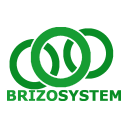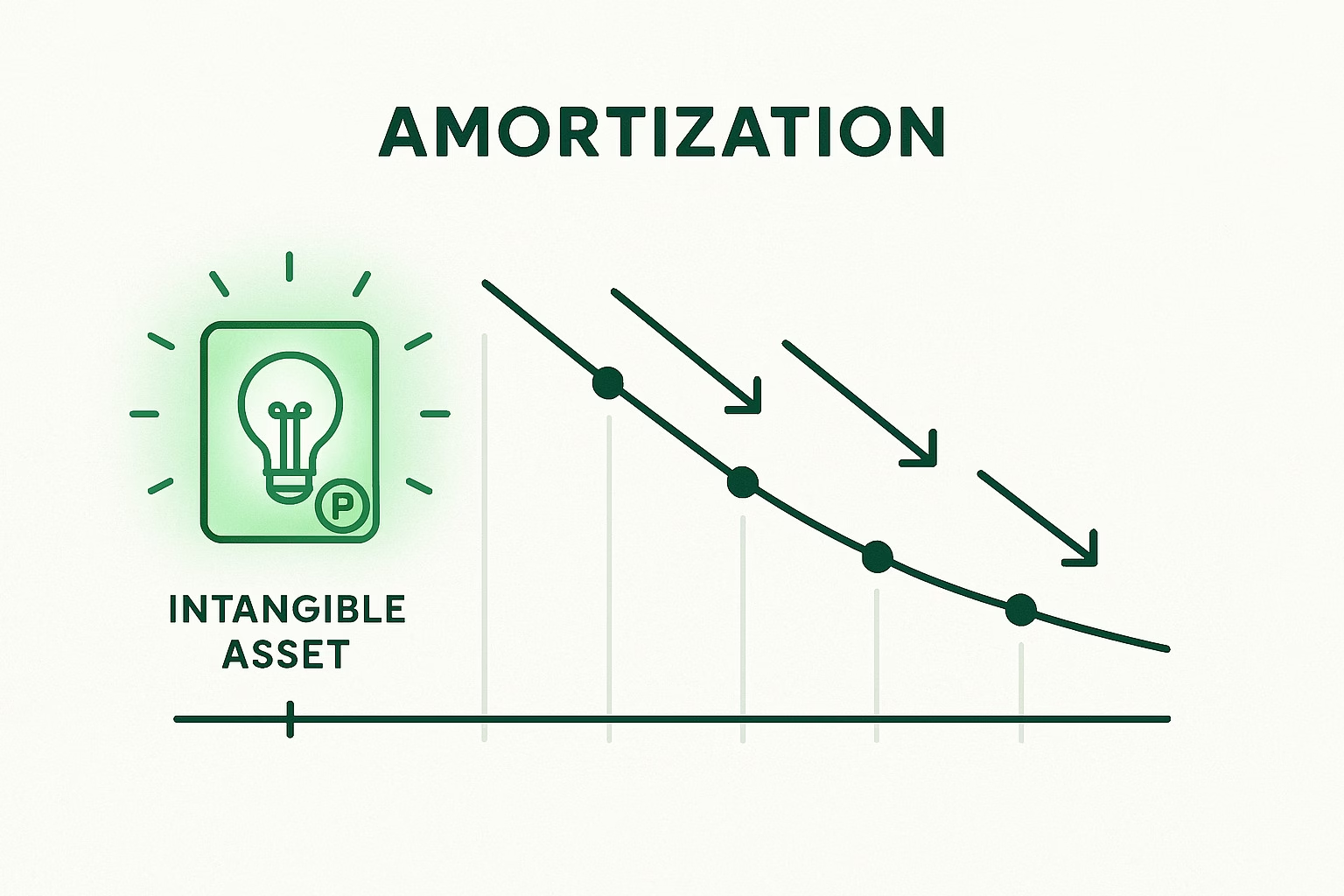In today’s economy, many of a company’s most valuable assets aren’t physical.
Brands, patents, software, licenses, customer lists, and intellectual property often drive more value than buildings or machinery.
These non-physical assets are known as intangibles, and when they have a finite useful life, their cost must be gradually expensed over time — a process known as amortization.
Amortization helps companies spread the cost of an intangible asset across the periods that benefit from its use, ensuring financial statements accurately reflect economic reality.
💡 What Is Amortization of Intangibles?
Amortization is the systematic allocation of the cost of an intangible asset over its useful life.
It works similarly to depreciation, but depreciation applies to physical assets, while amortization applies to intangible ones.
Intangibles with definite useful lives — like a 10-year patent or a 5-year software license — do not provide benefits forever. Amortization recognizes that their value is consumed gradually.
Intangibles with indefinite useful lives, such as goodwill or perpetual trademarks, are not amortized but are tested annually for impairment instead.
🧾 Common Intangible Assets That Are Amortized
- Patents
– Legal protection for inventions, typically amortized over the remaining legal life or expected benefit period. - Software & Technology
– Purchased or internally developed software amortized over expected usage (often 3–7 years). - Licenses & Permits
– Rights that expire after a set period, such as broadcast or medical licenses. - Customer Lists & Relationships
– Often acquired during M&A transactions and amortized over expected customer retention periods. - Franchise Rights
– Amortized over the contractual franchise term.
🧮 Example: Amortizing a Patent
A company acquires a patent for $500,000 with a 10-year useful life.
- Annual amortization expense = 500,000 ÷ 10 = $50,000 per year
Journal Entry Each Year:
| Account | Debit | Credit |
|---|---|---|
| Amortization Expense | 50,000 | |
| Accumulated Amortization – Patent | 50,000 |
The asset’s carrying value declines each year, reflecting the consumption of its economic benefit.
⚖️ Accounting Framework
Under IFRS (IAS 38) and US GAAP, amortization must be:
- Systematic — Usually straight-line unless another pattern better represents consumption.
- Consistent — Based on the asset’s useful life and residual value (often zero).
- Reviewed annually — Adjust useful life estimates if conditions change.
Intangibles with indefinite lives (e.g., goodwill, perpetual brand names)
➡️ Not amortized
➡️ Tested annually for impairment instead
📊 Why Amortization of Intangibles Matters
- Matches cost with revenue — Expenses recognized when the asset is used.
- Improves accuracy — Prevents overstatement of asset values.
- Impacts profit trends — Amortization expense reduces income each year.
- Important for valuation — Helps analysts understand true economic performance.
🧠 Simple Analogy
Think of amortization like a subscription period:
You pay for something upfront, but you “use it up” month by month.
The cost is spread out, even if the cash was paid on day one.
🪙 Key Takeaway
Amortization of intangibles ensures that the cost of non-physical assets is recognized over the period they generate value.
It is essential for accurate financial reporting, particularly in knowledge-based industries where intangible assets dominate.

